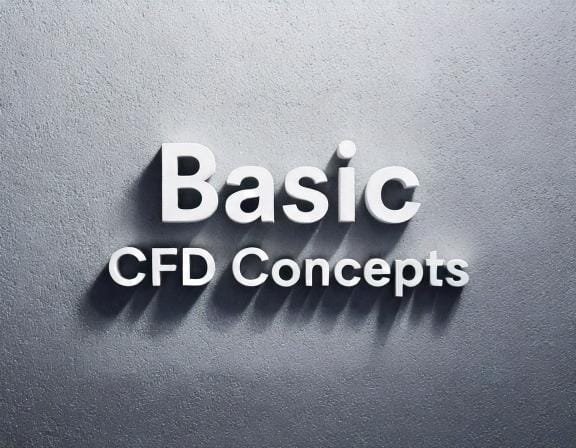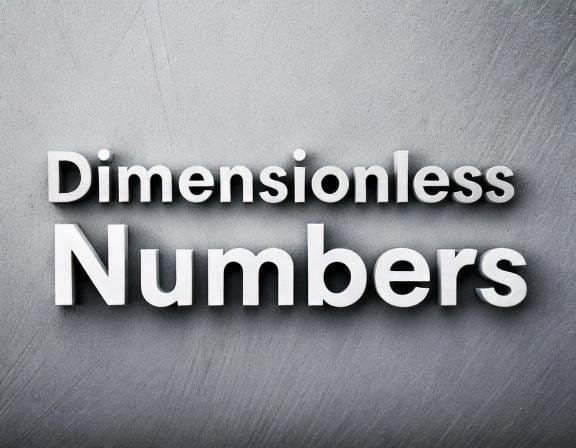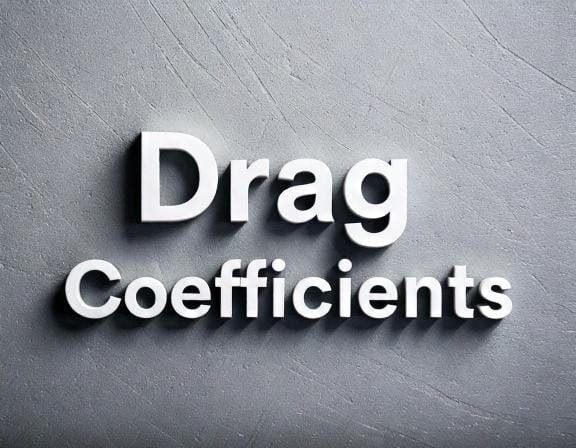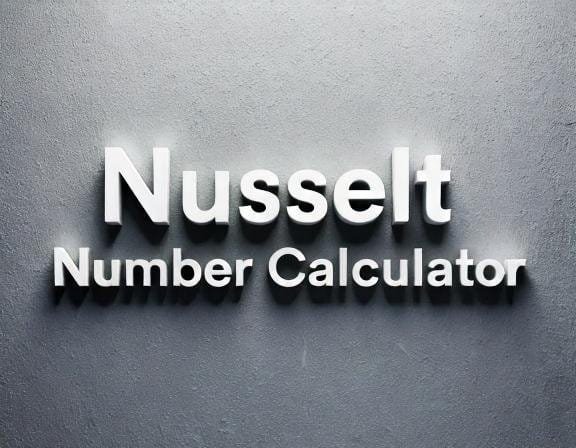CFD Handbook
Welcome to the CFD Handbook, your essential guide to Computational Fluid Dynamics. Explore a wealth of resources, including helpful links and practical software tools, to enhance your daily work in the field of Computational Fluid Dynamics.
Listing of CFD links for your simulations
Below you will find a comprehensive number of valuable links that we at Volupe have meticulously created specifically to assist you in your daily fluid simulation work and to significantly enhance your overall experience in this essential field of study and practice. We believe that these resources will not only aid you in your tasks but also contribute to a deeper understanding and mastery of the complexities involved in fluid dynamics.
Basic CFD Concepts
New to CFD? Don’t worry. We have carefully selected some easily acessible educational material from around the web to get you familiar with the fundamentals.
Read More →
Dimensionless numbers
Dimensionless numbers are commonly used within fluid dynamics for characterizing flows, determining flow regimes or effectively comparing results from different experiments or simulations. The following ...
Read More →
Drag coefficients
On this page, we have summarized
Read More →
- Shapes and corresponding drag coefficients.
- Description of how the drag coefficient depends on fluid flow properties.
- Recommended simulation ...
Empirical correlations for convective heat transfer coefficients
As a CFD engineer it is not uncommon that you encounter a problem where you need to know the convective heat transfer coefficient. It could ...
Read More →
Nusselt number calculator
Welcome to Volupe’s Nusselt number calculator. The calculator and the resulting nusselt numbers can be used to approximate convective heat transfer coefficients.
Read More →
Volupe Templates for Simcenter
Here are some helpful template documents and files that you can use with the Simcenter suite from Siemens. These resources will aid you in achieving ...
Read More →
Y+ calculator CFD
This handy Y+ calculator estimates the required height of the first mesh cell off the wall to achieve a desired Y+, based on flat-plate boundary ...
Read More →






